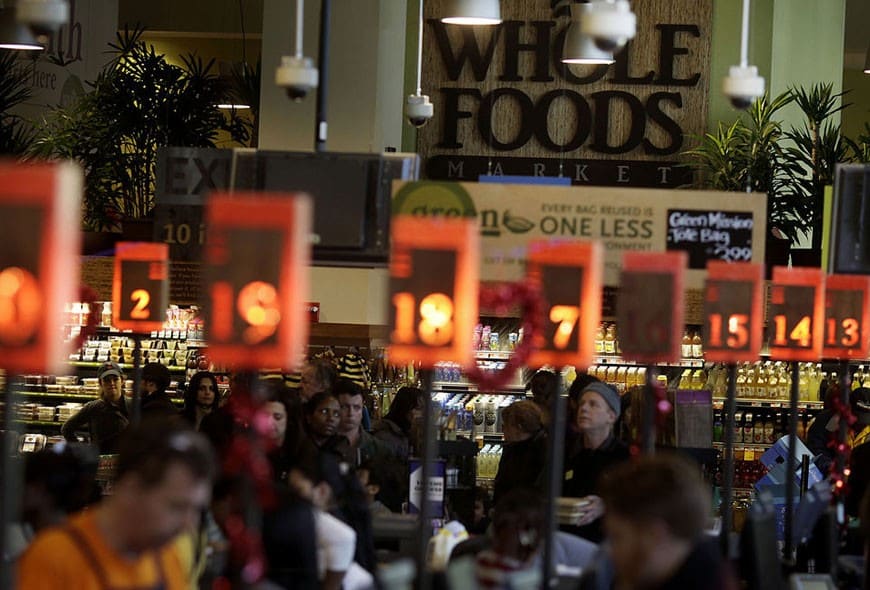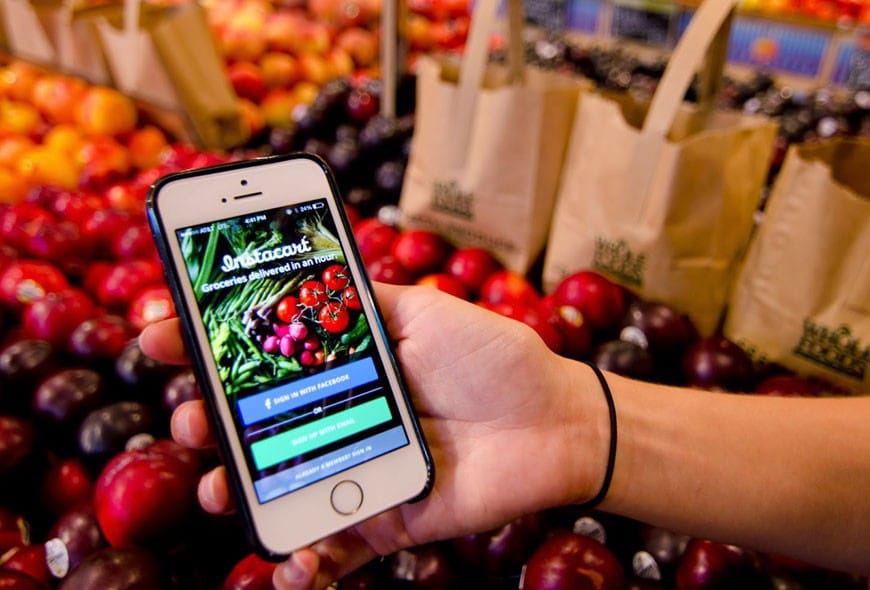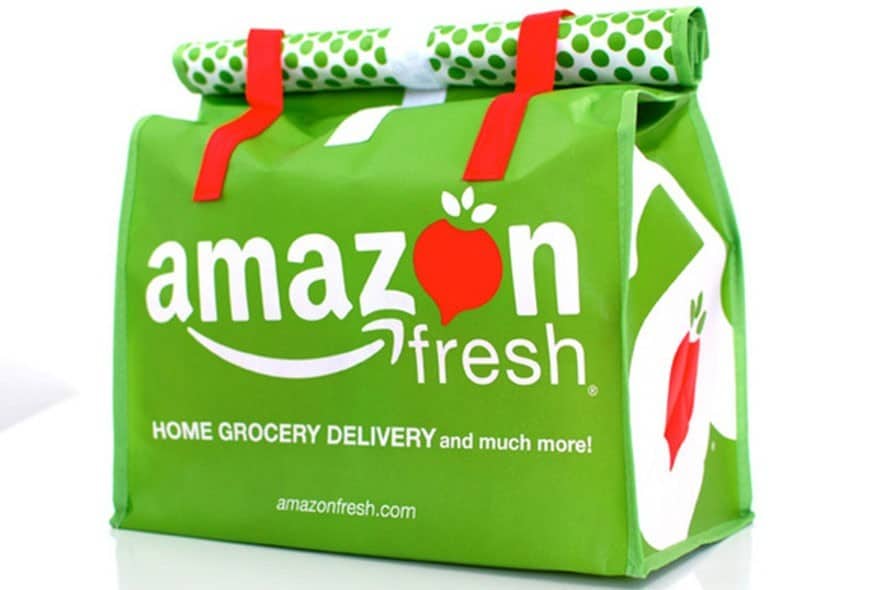Amazon has pounded its way to the forefront of online culture, and now it is putting itself on the map with its grocery delivery service Amazon Fresh. After first becoming available in 2013, the service will expand its service area into New York City. But with the current grocery market already struggling, how will the internet giant sustain itself? And will a service that has higher costs be worth the convenience?
The quality of online produce varies.
Shopping in the store is the easiest way to make sure food is fresh and up to par. However, with internet grocers like Amazon Fresh it can be difficult to be sure your food will be the way you want it.
Many individuals also have a preference for which produce they choose to buy. Some may like their fruit slightly less ripe, while others prefer it overripe. With online food shopping, the tradeoff is sacrificing the ability to check your food in favor of continence.
According to a test done by CNET, a number of items received via Amazon were “inedible” and “mushy.” In the end, the gamble of not being able to see the food resulted in less than satisfactory results for food quality.
Plenty of competition exists in the market.
Right now, there are already online grocery services that exist with cheaper prices and in-store pickup available. Walmart Grocery allows customers to have their food delivered in addition to picking it up at the closest store, while still having the typical Walmart low prices.
Others, like Instacart, send out their own shoppers to local stores in the customer’s area to pick up their groceries for them. Its fastest delivery time has clocked in at 12 minutes, and the company only charges a small amount for one or two-hour deliveries on top of the provision cost.
With such strong competition on top of local market loyalty, Amazon Fresh might find it difficult to entice customers to switch.
How does the cost compare to other in-home grocery services?
For Amazon Fresh, anyone thinking about adopting the service will be charged $299 per year on top of the cost for the food itself.
A study conducted by RetailNet in 2013 revealed that a basket of 30 groceries from Amazon Fresh cost $99.58 in its Seattle home. The same basket of food bought from Trader Joes, delivered by Instacart cost only $84.85; and Walmart Grocery came in at an even lower $80.38 for the identical products.
With other services offering cheaper prices for the same or even better delivery time, Amazon’s service fee on top of the price of groceries makes convenience a more expensive option.
Is convenience really worth the higher price?
To date, online grocery services are only available in a few cities, so the vast majority of U.S. customers will likely remain shopping at local stores.
Amazon Fresh has service available in “the greater Seattle, Californian areas” according to its website, but CEO Jeff Bezos also confirmed in a letter to shareholders that the service will be expanded even further .
“We’ll continue our methodical approach — measuring and refining AmazonFresh — with the goal of bringing this incredible service to more cities over time,” he said.
In comparison, Instacart Personal Shoppers are delivering food to people in Atlanta, Austin, Bolder, Chicago, Denver, Los Angeles, New York City, Philadelphia, Portland, San Francisco Bay Area, San Jose, Seattle, and Washington D.C. With so many cities, and many more on the way, Instacart already has a big step up on its Amazon Fresh rivals.
Will online grocery services take over local shopping?
Most people have become so accustomed to making trips to the grocery store on a regular basis. Plenty have adopted online shopping habits to get a multitude of products quicker, but food will likely take time to assimilate into internet purchasing.
In order for Amazon to beat out its already strong competition, either its quality or speed needs to be worth the extra cost. With the yearly charge on top of the product, it will be difficult to convince shoppers that the convenience is worth the price.
The real difficulty the Amazon Fresh will face is convincing people it can do better than what’s already available; and that could take a lot more effort than is realized.



